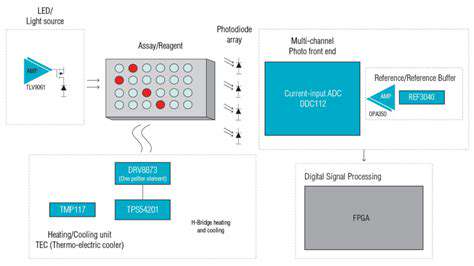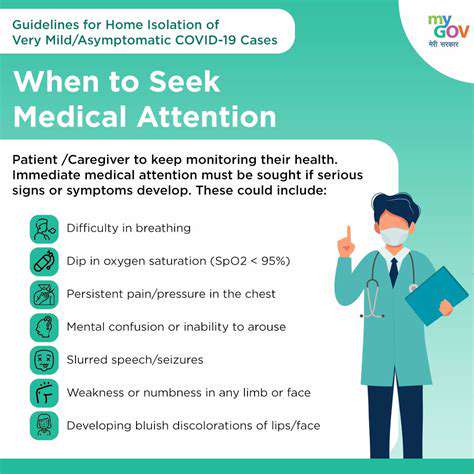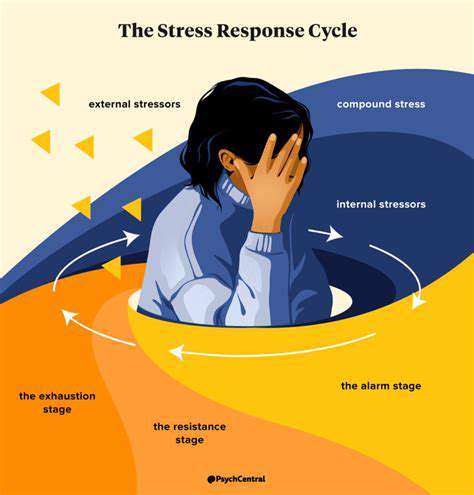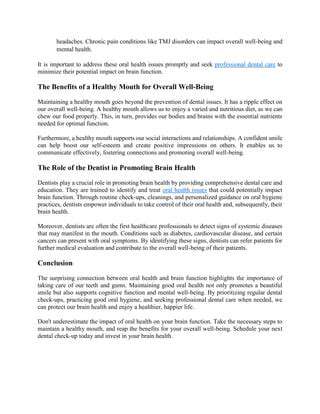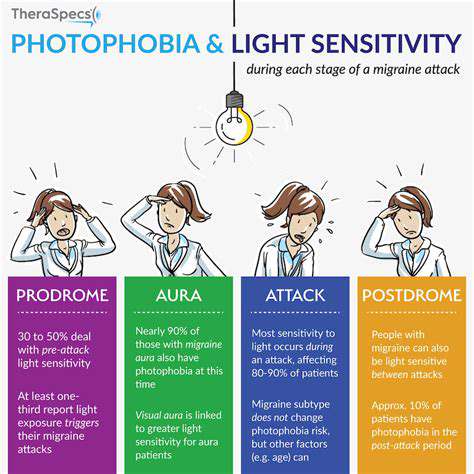The Stages of a Migraine Attack: What to Expect
Understanding the Prodromal Phase
The prodromal phase of a migraine attack represents a critical yet frequently missed window. This preliminary stage precedes the actual headache pain, and identifying its early signals can dramatically enhance migraine management. Lasting anywhere from several hours to multiple days, this phase provides valuable time for preventive actions like medication adjustments or lifestyle modifications.
Individuals often experience diverse physical and psychological indicators during this phase, serving as clear warnings of an impending migraine. It's worth noting that prodromal symptoms vary significantly between individuals, both in type and intensity.
Common Physical Symptoms
Physical manifestations during the prodromal phase frequently include unusual fatigue, temperature sensitivity (feeling excessively hot or cold), increased thirst, and appetite fluctuations. Additional common signs encompass neck stiffness, muscle discomfort, and heightened sensitivity to light or sound. Recognizing these bodily changes proves essential for anticipating migraine onset.
Psychological and Mood Changes
Beyond physical symptoms, this phase often triggers emotional and cognitive shifts. Many report increased irritability, anxiety, or depressive feelings, while others experience concentration difficulties or overwhelming sensations. Though sometimes subtle, these psychological markers serve as important precursors to migraine development.
Sensory Sensitivity
Enhanced sensory perception frequently characterizes the prodromal phase. Individuals may develop intolerances to bright lighting, loud noises, or strong odors. Routine activities like reading or screen time may become challenging due to amplified sensory input. These sensory changes often provide the clearest indication of an approaching migraine.
Food Cravings and Appetite Changes
Many migraine sufferers report distinct dietary changes during this phase, ranging from intense food cravings to complete appetite loss. While not universal, these changes can serve as reliable predictors of migraine onset when monitored carefully.
Sleep Pattern Disruptions
Sleep disturbances commonly emerge during the prodromal phase, including insomnia, frequent awakenings, or unusually vivid dreams. These disruptions often contribute significantly to the overall migraine experience and may offer valuable predictive insights.
The Value of Migraine Tracking
Maintaining detailed migraine records proves invaluable for identifying personal patterns and triggers. By documenting symptom onset, duration, intensity, and potential triggers, individuals can develop personalized strategies for more effective migraine prevention and management.
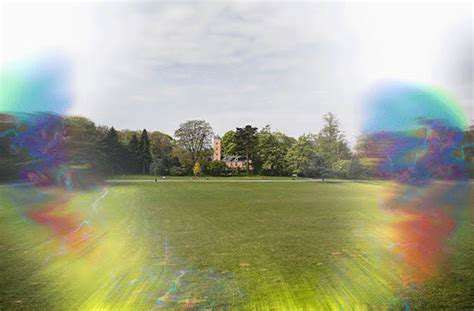
The Headache Phase: The Peak of the Storm
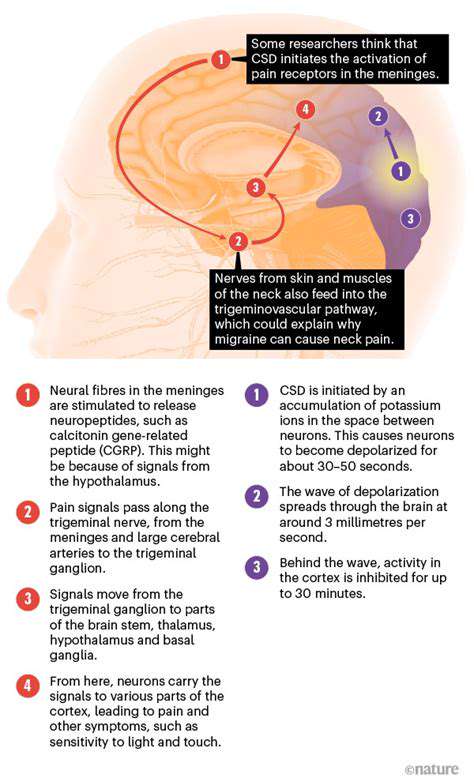
The Initial Onset: A Precursor to the Peak
The headache phase typically begins with subtle cranial pressure or tightness. This initial discomfort, though easily overlooked, represents a crucial warning sign. Mild photophobia, phonophobia, nausea, or general unease may accompany these early sensations.
Early recognition of these warning signs enables more effective headache management. Prompt intervention with analgesics or relaxation techniques may potentially reduce peak intensity.
Escalating Intensity: The Ascent Towards the Apex
As the headache progresses, pain typically intensifies into throbbing or pulsating sensations, often radiating from specific cranial locations. Previous symptoms generally worsen, with light and sound sensitivity becoming particularly pronounced.
The Zenith of Discomfort: Reaching Peak Intensity
This phase represents the migraine's most severe stage. The pain reaches maximum intensity, frequently described as pounding, throbbing, or unbearable. Functional impairment becomes significant, with many individuals unable to perform routine activities.
Associated symptoms like nausea, vomiting, and extreme photophobia typically peak during this stage.
The Plateau: Maintaining Peak Intensity
Following its peak, the headache often maintains high intensity for several hours, creating substantial distress and functional impairment. This sustained pain period can prove particularly challenging for sufferers.
Descending from the Peak: The Resolution Phase
Gradually, headache intensity diminishes during this resolution phase. While discomfort persists, symptoms generally become more manageable, allowing gradual return to normal functioning.
Post-Headache Aftermath: Recovery and Reflection
The post-migraine period often involves lingering fatigue, residual light/sound sensitivity, and general malaise. Adequate rest proves essential for complete recovery. Careful reflection on the episode may reveal valuable insights for future migraine management.
Pinpointing the fundamental origin of an issue remains vital for crafting lasting solutions. Superficial interventions often fail; only through comprehensive analysis can we develop truly effective solutions. This investigative process requires meticulous examination of all contextual factors and their interactions.
Seeking Help and Managing Migraines
Understanding the Premonitory Phase
The premonitory phase (prodrome) represents a critical migraine stage preceding headache onset. Lasting from hours to days, this phase presents diverse symptoms ranging from subtle to pronounced. Early recognition enables potentially effective interventions that may reduce headache severity.
Common prodromal symptoms include mood alterations (irritability, anxiety), fatigue, and heightened sensory sensitivity. Some individuals experience specific food cravings. Documenting these symptoms facilitates better migraine pattern recognition and management.
The Aura Stage: Visual Disturbances and More
When present, the aura phase follows the prodrome, featuring neurological symptoms including visual disturbances (flashing lights, zigzag patterns, blind spots), sensory changes (tingling, numbness), or speech difficulties. Though potentially alarming, understanding these as migraine components helps maintain composure.
The Headache Phase: Intense Pain and Discomfort
This most recognizable phase features throbbing, typically unilateral pain ranging from moderate to debilitating. Associated symptoms often include nausea, vomiting, and extreme photophobia/phonophobia. Duration varies from hours to days depending on individual factors and treatment response.
Seeking Relief: Managing Pain and Symptoms
Effective pain management combines pharmacological interventions (OTC or prescription medications) with environmental modifications (dark, quiet spaces) and hydration. Cold compresses or warm baths may provide adjunctive relief. Personalized trigger identification and management strategies prove most effective.
Postdrome: The Aftermath of the Attack
The post-migraine recovery period often involves prolonged fatigue, cognitive difficulties, and emotional sensitivity. This phase may last several days, requiring reduced activity levels and increased rest for optimal recovery.
Seeking Professional Help: When to See a Doctor
Medical consultation becomes essential for frequent, severe, or disabling migraines. Physicians can provide accurate diagnosis, exclude secondary causes, and develop tailored treatment plans. Professional guidance proves invaluable for comprehensive migraine management.
Lifestyle Adjustments: Preventing Future Attacks
Preventive strategies include maintaining consistent sleep patterns, effective stress management, and trigger avoidance. Regular physical activity, balanced nutrition, and proper hydration contribute significantly to migraine prevention and overall wellbeing.
